While there’s certainly no shortage of incredible places to snowboard around the world, there are still some locations where snowboarders aren’t allowed.
There aren’t many resorts that have banned snowboarding outright; however, there are still some areas that remain out of bounds. Some slopes are dedicated to sports like alpine skiing or considered unsuitable for novice riders, while other areas are privately owned or government-protected.
Below, we will take a closer look at the places where snowboarding is prohibited or restricted, including the handful of resorts that still won’t permit the sport on their slopes.
Where Is Snowboarding Banned?
While the vast majority of ski resorts now allow snowboarding, there are still a handful of exceptions when it comes to specific spots where you’re not allowed to ride.
1. Alpine Restricted Zones
Some larger ski resorts cater to specific styles of skiing and snowboarding, especially alpine disciplines.
Alpine riders require access to a racing slope with a guarantee there’s no chance an errant snowboarder might get in the way by accident, so these areas are usually out of bounds.
On occasion, if a racing slope isn’t in use by athletes in training, it may be opened up to the general public, but this isn’t a guarantee.
Always check the resort’s rules before riding in a dedicated alpine area; if in doubt, it’s best to steer clear.
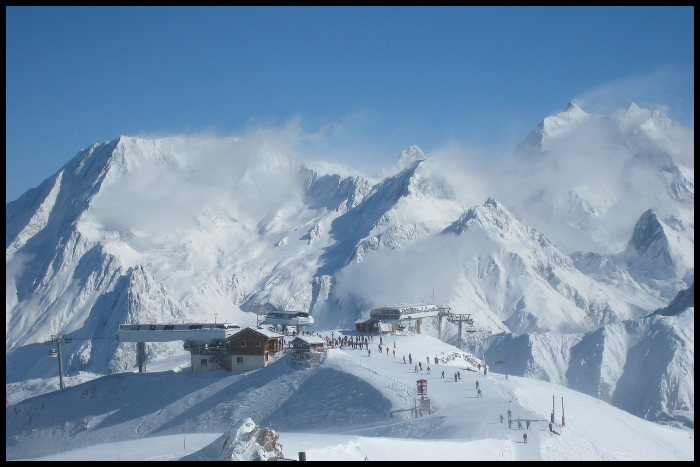
2. Cross-Country Skiing Trails
Whereas most skiers and snowboarders start at the top of the mountain and work their way to the bottom, cross-country skiers use specialized equipment that lets them traverse uphill, and with better efficiency on flat areas.
As a result, some ski resorts cater to cross-country skiers by creating custom trails for them to use.
Typically, these trails are off-limits to anybody who isn’t cross-country skiing, as the higher-speed nature of snowboarding could result in collisions and injuries, especially when the former is likely to be traversing the face of a slope horizontally, while snowboarders will be cutting straight down.
3. Narrow or Steep Runs
Generally, snowboarders need wider slopes than skiers to turn from edge to edge, making narrower slopes much trickier to navigate.
While more proficient snowboarders might not find them much of a problem, less-experienced riders could get themselves into trouble fairly quickly.
The same goes for extremely steep or mogul-covered runs, which require no small amount of skill to descend successfully. On some occasions, resorts may restrict these runs to skiers only.
However, they’re more likely to mark them as only appropriate for high-level snowboarders. While not technically illegal, attempting runs beyond your skill level has the potential to be extremely dangerous.
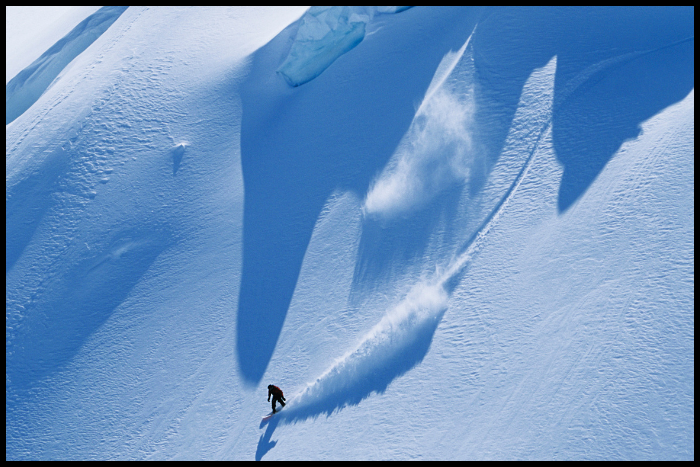
4. Terrain Parks
Terrain parks are designated areas of ski resorts that allow freestyle skiers and snowboarders to practice all manner of stunts and tricks and are usually filled with jumps, rails, and boxes of various sizes.
These areas must be meticulously maintained with enough snow and special machinery, so there are times of the day or even of the season when the terrain park areas are out of bounds.
Terrain parks are normally split up into different sections based on their difficulty, so if you’re unfamiliar with a park and don’t have the skill to tackle any feature you might encounter, it’s best to get the lay of the land first and avoid taking lines you’re not ready to handle.
5. Backcountry Areas
It can’t be denied that some of the most fun you can have on a snowboard is out in the backcountry, cruising through deep powder and unrestricted by the markers of a groomed piste.
However, as anyone who’s ridden off-piste will tell you, the backcountry contains many hidden dangers, from tree wells and crevasses to cliff edges and the risk of an avalanche.
Most resorts will clearly mark which areas are out of bounds, and disobeying these warnings will almost certainly earn you a ban from the area if you don’t end up falling afoul of one of the dangers.
If you are riding in approved backcountry, you should be experienced enough to do so, never go alone, and always carry an avalanche kit in case of emergencies.
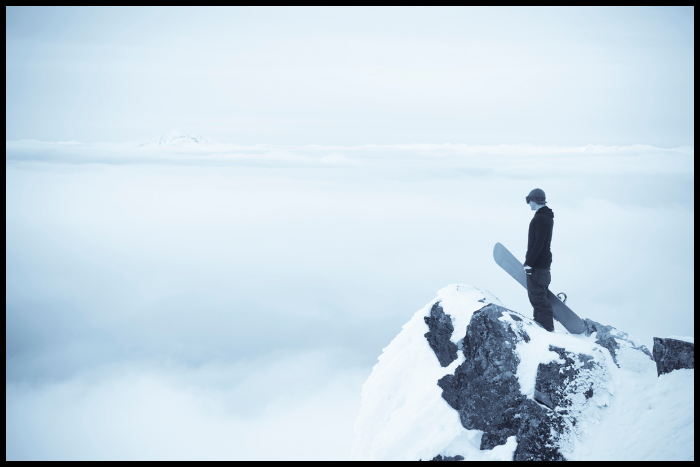
6. Private Property
Unfortunately, there are plenty of areas that would be perfect for snowboarding, but if they’re separate from a ski resort, there’s no guarantee you can legally ride there.
Someone else likely owns the land, and they might not be too happy with anyone riding on it without their express permission.
If you want to ride somewhere and you’re not sure who the land belongs to, make sure you find out and ask first. If they say no, don’t go against their wishes, as you may open yourself up to legal repercussions.
7. National Parks and Protected Areas
Some areas are not owned privately or are part of a ski area, but that doesn’t necessarily mean snowboarders can ride there. Plenty of areas are government-owned or marked as protected.
While this doesn’t always mean snowboarding is prohibited, some areas are off-limits entirely.
These restrictions are in place to protect or help restore the natural environment or wildlife, so not only is riding in these places illegal, but it also damages our planet’s already fragile ecosystems.
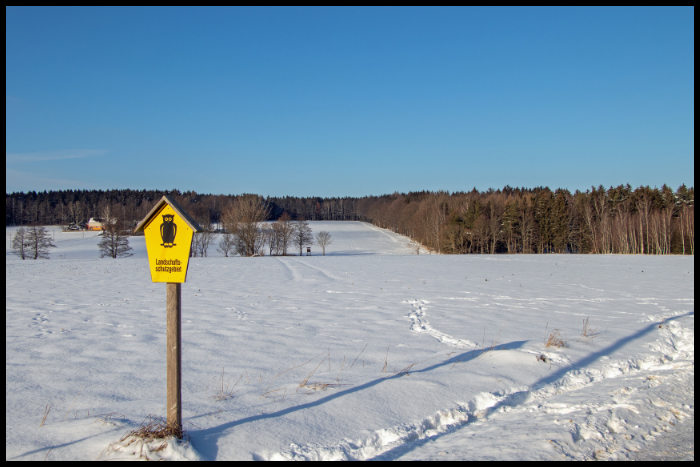
Which Resorts Have Banned Snowboarding?
As mentioned earlier, almost all ski resorts allow snowboarding; however, some holdouts still exist.
In fact, only three resorts in the world have outright banned snowboarding from their slopes, all three are in the United States, and two of them are even in the same state.
So, who are the spoilsports that still don’t permit snowboarding?
1. Alta Ski Area – Utah, USA
The Alta Ski Area in Utah has maintained an anti-snowboarding stance for over three decades, which is particularly interesting considering they were initially one of the first resorts to allow it.
Their reasoning is that they want to maintain a pure skiing experience for their guests and that snowboarding and skiing just don’t mix from a safety perspective, especially on narrower trails.
Alta’s resort officials also argue that maintaining a skiers-only environment contributes to a more cohesive skiing community and provides an authentic experience for enthusiasts who cherish the resort’s legacy.
As you can imagine, this stance doesn’t sit well with many snowboarders and skiers alike. While the ban is still in place, some snowboarders have attempted to overturn it in a court of law.
2. Deer Valley Resort – Utah, USA
Much like Alta, Deer Valley has had a snowboard ban in place for a considerable amount of time, and their lines of reasoning are similar.
The resort’s management is adamant that skiing and snowboarding just don’t mix and that skiers generally feel much safer and happier on the slopes when they don’t have to share them.
Again, this position has been met with plenty of disagreement over the years, including peaceful protests. Still, the policy appears to be here to stay unless any of the aforementioned lawsuits are successful.
The management has even been on record stating that the ban falls under their business plan, so it will remain forever if they have their way.
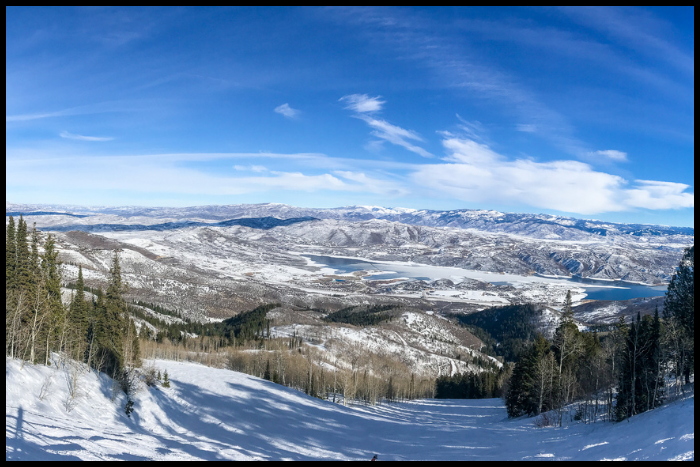
3. Mad River Glen – Vermont, USA
The final resort that still forbids snowboarding is Mad River Glen; however, this ban only came into place in 1991.
Ostensibly, the reasoning is down to the resort’s main lift being unsuitable for snowboarders, with claims that it was being damaged unintentionally and had the potential to cause an accident.
Interestingly, there’s evidence that the owner, Betsy Pratt, had brought in some restrictions, for which she was approached by a group of riders who compared them to Jim Crow-era segregation.
Unhappy with this confrontation, Pratt chose to ban snowboarding completely, a decision that has never been overturned.
Conclusion
Ultimately, while there are still places where snowboarders aren’t allowed, most of them for good reasons, there’s still an unfathomable amount of terrain out there to ride.
Also, the more experience you gain, the more areas you’ll find you can access and ride safely.
You should never ignore restrictions of any kind, and if you’re unsure if you’re allowed to snowboard in a specific area, it’s always better to err on the side of caution and pick another spot instead.
